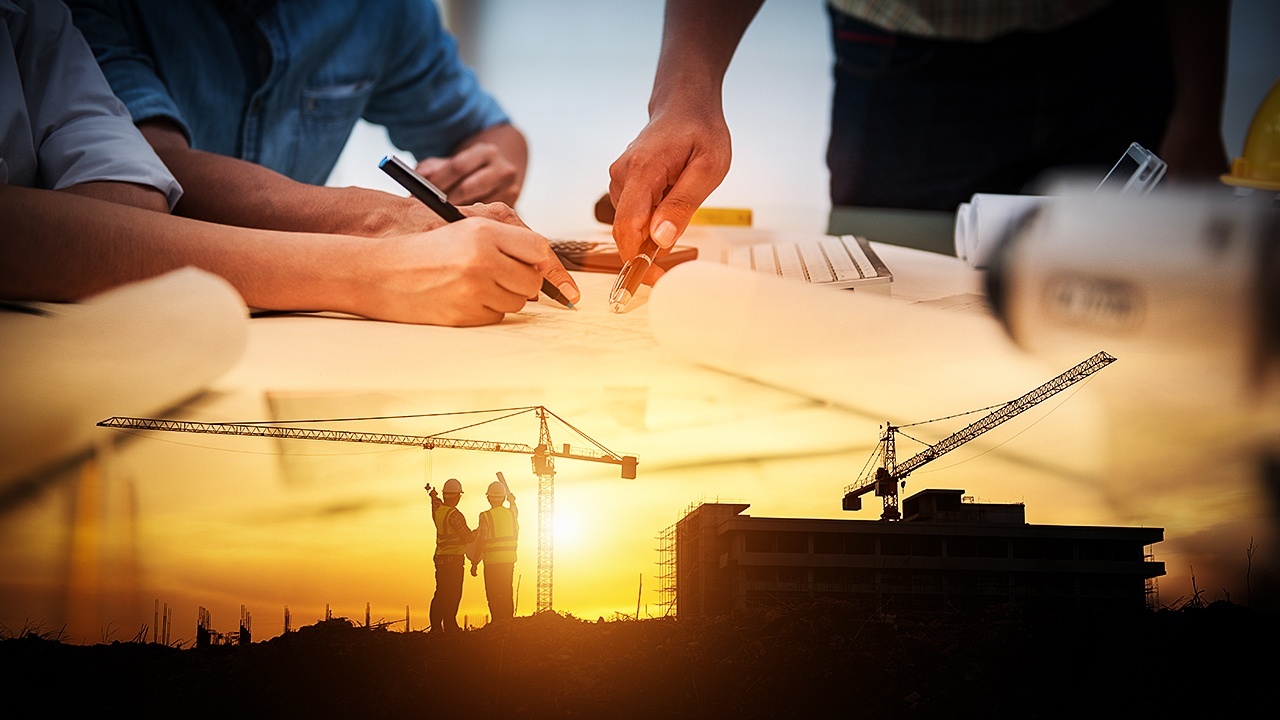In today’s digital world, Building Information Modeling (BIM) is commonly understood as something that has revolutionized the work of engineering and architectural projects during the design phase.
The construction industry has also seen significant gains in efficiency and productivity in light of BIM driven designs and the work of BIM technicians. A BIM model provides the necessary information about a building and its lifecycle so projects can run smoothly from the idea phase to when doors open for the first time.
Keep reading to learn more about how BIM models are playing a significant role in the construction industry today.
Learn BIM and Improve the Construction Schedule
While there are other methods of delivering 3D models, BIM does not stop there. As you gain hands-on experience with BIM training in a blended learning environment, you can learn about its other dimensions. For example, a 4D BIM model will include time, which can support the optimization of construction sequences and schedules.
Projects have various time cycles in order to coordinate material purchasing, site activities, and design updates, among other factors. A trained BIM technician can be part of the solution that optimizes these processes through a 4D BIM model. Incorporating timelines into the model allows teams and stakeholders to collaborate smoothly, reduce delays from changes, and plan schedules accurately.

BIM technicians play an important role in the construction of building projects or renovations
Analysis of Site and Materials
Another advantage projects gain when collaborators learn BIM is the capacity to do detailed analysis and clash detection. The information stored in a BIM model can be used to analyze fabrication routes, construction logistics, and how the building project will interact with its site and surrounding environment. Such analysis can identify issues before construction starts to ensure efficient planning.
For example, model-based cost estimation, which is sometimes referred to as 5D BIM, provides an adaptive way to keep the cost of materials up to date. In addition to factoring in the costs of materials, BIM models also allow for analysis of the site, and what materials will be best suited for various purposes.
BIM models can also support the identification of the effects a building will have on the surrounding environment. Factors may include the way a building could change wind speeds in a busy downtown area, for example, or the effects of ventilation and water systems. Such information analysis helps keep construction projects on budget even if adjustments to plans become necessary.
Connecting Construction to Building Management
As construction is completed, a BIM model may be kept up to date in such a way that building managers can utilize the model for the entirety of a building’s lifecycle. As you may have predicted, the incorporation of this type of information is part of 6D BIM models and goes all the way up to 8D models.
Essentially, these types of BIM models provide a digital record of the components and systems of a building, including how its mechanical and electrical systems function. Also, if an owner or stakeholders have the goal to make a building “green” or sustainable, in terms of environmental impact, a 7D model can incorporate targets for those goals. When you combine your passion with technical skills, being a part of such projects is possible and BIM College is a place where you can find a community and learn at your own pace.
Where will your journey take you next?



